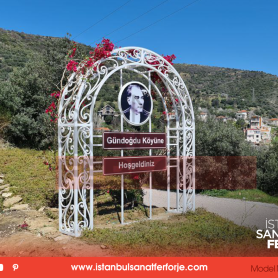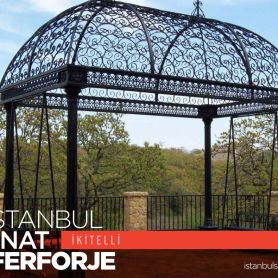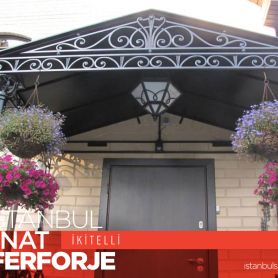Architectural Wrought Iron
Istanbul Sanat Wrought Iron
Wrought Iron in Architecture
The fibrous and low carbon content of wrought iron has made it a much more pure iron form than cast iron and made it more resistant to cracking. Since the 18th century, wrought iron has been widely used in architecture as structural beams and pillars, decorative latches and doors, thanks to its reaction to pressure and tensile strength. The main golden age of wrought iron, which started in the middle of the 18th century, was used in the construction of large-scale architectural engineering projects such as railway bridges, viaducts and similar large-scale architectural engineering projects by using the tensile strength of the material.
History of Decorative Architectural Wrought Iron
From the Middle Ages onwards, the use of decorative ironwork in architecture became more common. Iron began to be used to protect the windows and doors of valuable places against the attacks of raiders, but at the same time, this iron armor was thought to be suitable for the exterior decoration of the building and was used as a decorative. From the 16th century, wrought iron began to be used on the entire exterior of cathedrals, especially in Spain, with the influence of the Baroque period. In France, decorative iron balconies and stair railings were used in a very elegant way in the 1650s. Wrought iron architecture, which started to be used with railway bridges in England, also entered as decorative balcony railings. In short, wrought iron, which has somehow made its way across the world, has managed to become indispensable in the architectural field.
Wrought iron is still used in the field of architecture since yesterday. With the influence from the past, wrought iron has become more timeless and has managed to carry both the past and the modern design understanding of the present to architecture.



